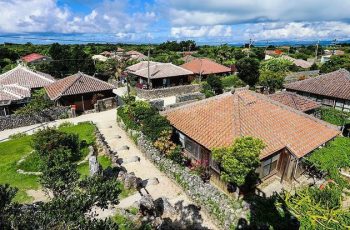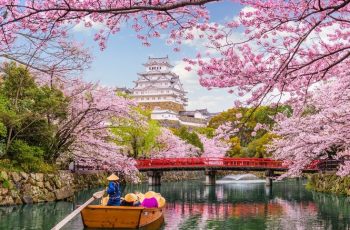Japan. A land of breathtaking temples, neon-drenched cityscapes, unparalleled politeness, and a fashion scene that swings wildly from the exquisitely traditional to the audaciously avant-garde. For the first-time visitor, or even the seasoned traveler, figuring out what to pack and wear can feel like navigating a cultural minefield. The good news? Japanese people are generally very forgiving of tourist faux pas. The even better news? Understanding a few unspoken clothing guidelines can enhance your experience, help you blend in (if that’s your goal), and show a subtle respect for local customs.
This isn’t a list of rigid, unbreakable laws. It’s a guide to understanding potential perceptions and social signals. The “unless you want to” is key. If you’re comfortable standing out, or your personal style is an unshakeable part of your identity, then by all means, express yourself! But if you prefer a smoother, more harmonious journey, or simply want to be aware of how certain choices might be perceived, then read on.
The Cardinal Sin: Shoes Indoors (No “Unless You Want To” Here!)
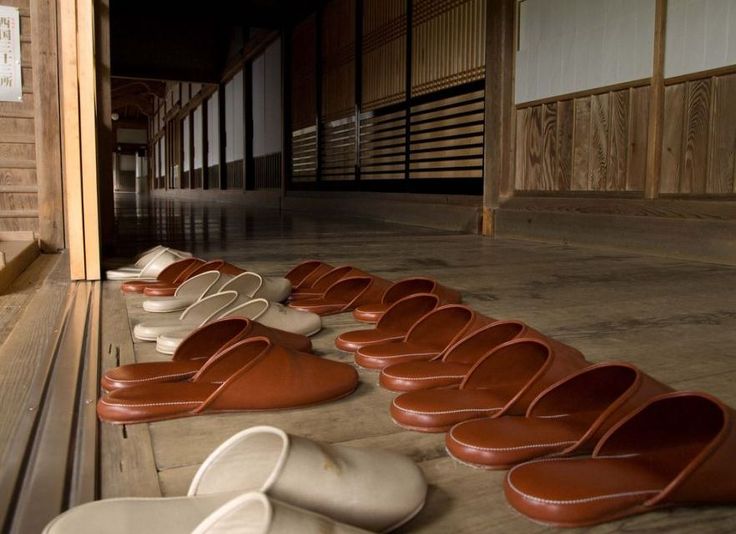
Let’s get the biggest, most non-negotiable one out of the way first. Never, ever, wear your outdoor shoes inside a Japanese home, many traditional restaurants, temples, some ryokans (traditional inns), and even certain clinics or schools. This is less about fashion and more about deeply ingrained cultural notions of cleanliness. The outside world is considered “dirty,” and shoes track that dirt in.
-
Why it’s a no-go: It’s deeply disrespectful and considered unhygienic.
-
What to do: Look for a genkan (entranceway) where shoes are typically removed. You’ll often see a small step up into the main living area. Slippers are usually provided for indoor use. If you visit a bathroom, there might be separate “toilet slippers” – use them only in the bathroom and switch back afterwards!
-
“Unless you want to”: Nope. This one is pretty much a universal rule. You will cause offense and embarrassment. Just don’t.
Modesty and Exposure: Navigating the Nuances
Japan generally leans towards a more modest aesthetic in everyday public life, though this is evolving, especially among younger generations and in hyper-fashionable districts like Harajuku or Shibuya.
-
Overly Revealing Tops & Cleavage:
-
The general vibe: While you’ll see young women in trendy outfits, deep V-necks, very low-cut tops, or anything showing significant cleavage can attract stares, particularly outside of nightlife areas or major city centers. It’s not scandalous, but it’s not the everyday norm for most.
-
Why it might raise eyebrows: Public spaces are often seen as places for more reserved presentation. It can be perceived as seeking attention in a way that makes some uncomfortable.
-
“Unless you want to”: If you’re hitting the clubs in Roppongi or embracing a specific youth fashion trend in Harajuku, the rules are different. But for general sightseeing, visiting temples, or dining in quieter establishments, more coverage is common. Consider a light scarf or cardigan to layer if you feel conspicuous.
-
-
Very Short Skirts/Shorts (for adults):
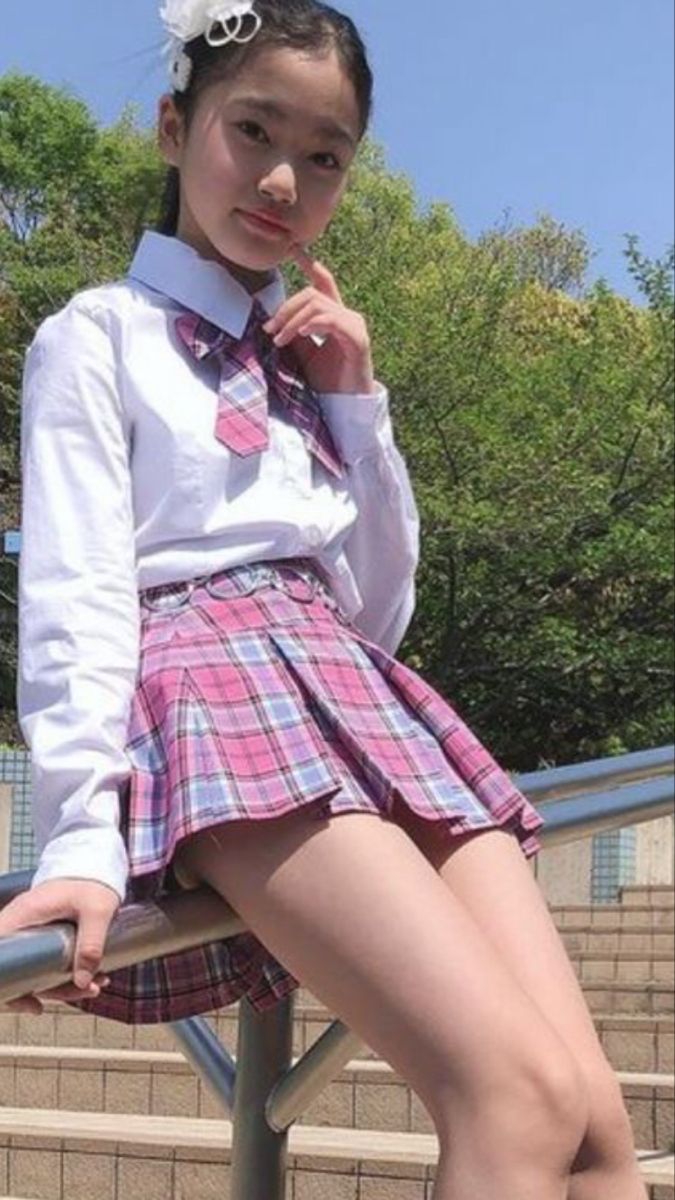
-
-
The general vibe: Young women and teenagers often wear short skirts and shorts. However, for adults, particularly when not in a trendy youth-centric area, super short bottoms can stand out. Interestingly, showing leg is often less of an issue than showing shoulder or cleavage.
-
Why it might raise eyebrows: Similar to cleavage, it can be seen as less appropriate for mature individuals in everyday settings or more conservative locations like rural towns or religious sites.
-
“Unless you want to”: If you’re young and in a fashion-forward area, or it’s a scorching summer day at the beach, go for it. But for visiting a respected elder’s home or a serene temple, perhaps opt for knee-length or longer.
-
-
Bare Shoulders/Backs (in certain contexts):
-
The general vibe: Tank tops and strappy tops are common in summer. However, for more formal settings, or when visiting temples and shrines, it’s often considered more respectful to have shoulders covered.
-
Why it might raise eyebrows: Similar to religious sites in many cultures, a bit more coverage is seen as a sign of respect.
-
“Unless you want to”: Casual sightseeing in summer is generally fine. But if you’re entering a sacred space, having a light shawl, cardigan, or t-shirt to slip on shows consideration.
-
Casual Catastrophes: When Comfort Crosses a Line
Japanese society values presentation, even in casual settings. There’s a difference between relaxed and sloppy.
-
Pajamas or Ratty Loungewear in Public:
-
The general vibe: While “one-mile wear” (comfortable clothes you can wear within a one-mile radius of your home) is a concept, wearing what are clearly pajamas, stained sweatpants, or hole-ridden t-shirts for a day of sightseeing is generally frowned upon.
-
Why it might raise eyebrows: It can be seen as disrespectful to the place you’re visiting and the people around you. It implies a lack of care or effort.
-
“Unless you want to”: If you’re just dashing to the local konbini (convenience store) late at night, you might get away with it, but it’s still not the norm. For anything more, make a bit of an effort.
-
-
Workout Gear (When Not Working Out):
-
-
The general vibe: Athleisure as everyday wear isn’t as ubiquitous as in some Western countries. People generally change into workout clothes at the gym or just before a run and change out of them afterwards.
-
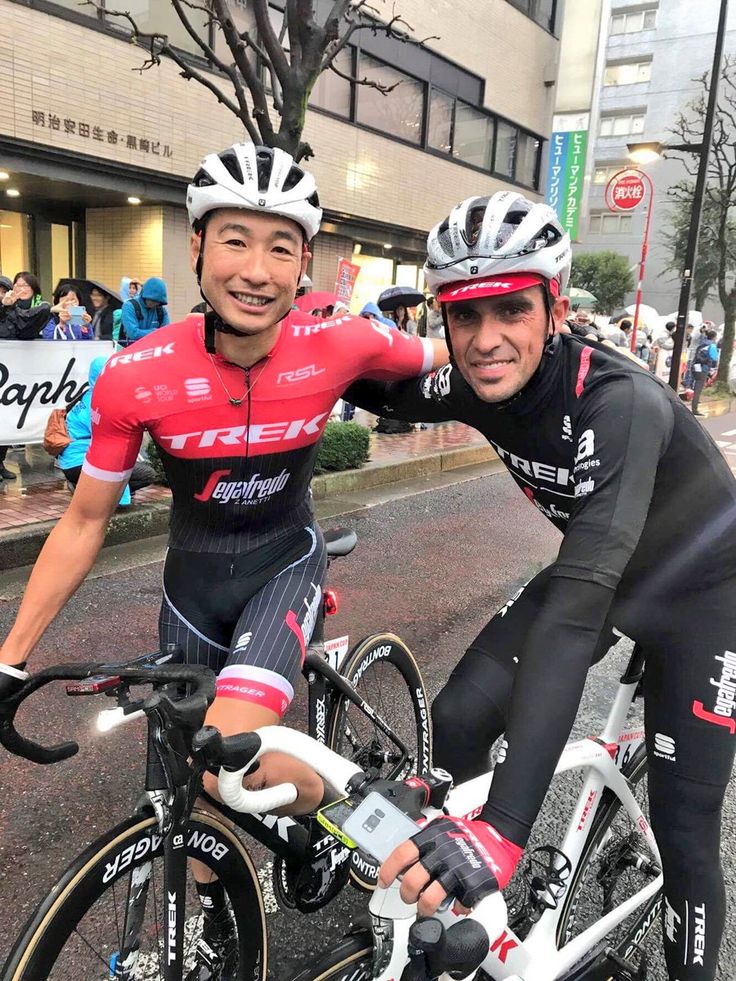
-
Why it might raise eyebrows: Wearing full lycra gym gear to a nice restaurant or a temple would be out of place. It’s simply not standard attire for those activities.
-
“Unless you want to”: If you’re genuinely on your way to/from a hike or a gym, it’s understandable. But for a day of general tourism, opt for casual street clothes.
-
Sensory Considerations: Smells and Sounds
Politeness in Japan extends to not imposing on others’ senses in shared spaces.
-
Overpowering Perfume or Cologne:
-
The general vibe: Strong scents are generally disliked, especially in crowded places like trains or small restaurants. Japanese people tend to be sensitive to smells, and personal space is highly valued, even when physically close.
-
Why it might raise eyebrows (or noses): It can be seen as inconsiderate and overwhelming in a culture that values subtlety.
-
“Unless you want to”: If you’re going to a nightclub where strong scents are part of the atmosphere, perhaps. But for daily life, if you wear fragrance, opt for something very light and apply sparingly.
-
-
Excessively Loud or Jangly Accessories:
-
The general vibe: While fashion includes accessories, items that make a lot of noise (e.g., stacks of clanking bangles, keys jangling loudly on a carabiner) can be distracting and slightly annoying in quiet environments like temples, museums, or on public transport.
-
Why it might raise eyebrows: It disrupts the wa (harmony) and peace that is often sought in public and shared spaces.
-
“Unless you want to”: Again, context is everything. A music festival is different from a traditional tea ceremony.
-
Cultural Symbols & Statements: Tread Carefully
What might be innocuous or edgy in your home country could have different connotations in Japan.
-
Offensive Slogans or Imagery on Clothing:
-
The general vibe: This is a universal tip, but perhaps even more so in a culture that values politeness and avoiding confrontation. Clothing with swear words, violent or sexually explicit imagery, or controversial political statements can be highly inappropriate.
-
Why it might raise eyebrows: It can cause offense, discomfort, or be misinterpreted, especially if there’s a language barrier.
-
“Unless you want to”: It’s hard to imagine a scenario where wearing something deliberately offensive is a good idea if you’re trying to have positive interactions. Even “ironic” offensive wear might not translate well.
-
-
Visible Tattoos (in Specific Locations):
-
The general vibe: This is a big one with historical baggage. Tattoos in Japan have long been associated with the yakuza (organized crime). While this perception is slowly changing, especially among younger people and in cities, it persists.
-
Where it’s an issue: Many onsen (hot springs), public bathhouses (sento), swimming pools, and some gyms explicitly ban visible tattoos. You might be denied entry or asked to cover them up.
-
Why it’s an issue: The association with criminality, and a desire for other patrons (especially older ones) to feel comfortable.
-
“Unless you want to”: You don’t “want to” be denied entry to an onsen you were looking forward to. For general sightseeing, small, discreet tattoos are unlikely to cause a stir. Larger, more prominent ones might attract stares but are generally tolerated in public street settings. Always check the policy for onsen, pools, and gyms. Some tattoo-friendly establishments are emerging, but they are still the exception. Consider bringing tattoo cover-up patches or athletic sleeves if you plan to visit such places.
-
-
Wearing Yukata or Kimono Incorrectly:
-
The general vibe: Many ryokans provide yukata (light cotton kimono) for guests to wear. It’s a wonderful experience! However, there’s a crucial rule: always wrap the left side over the right. Right over left is how the deceased are dressed for burial.
-
Why it’s an issue: It’s a significant cultural mistake that can be unsettling for Japanese people to see.
-
What to do: Left over right. Remember: “Left is right.”
-
“Unless you want to”: You definitely don’t want to make this mistake. Hotels will often have diagrams. When in doubt, ask staff. If you’re renting a more formal kimono for a day out, the staff will dress you correctly.
-
-
Flashy Designer Logos Everywhere (Subtlety is Often Key):
-
The general vibe: While Japanese people appreciate quality and luxury brands, the aesthetic often leans towards understated elegance rather than overt, logo-centric displays of wealth. Think quality construction and subtle branding over being a walking billboard.
-
Why it might raise eyebrows: Constant, in-your-face branding can sometimes be perceived as a bit crass or showy, particularly by older generations or in more traditional settings.
-
“Unless you want to”: Fashion is diverse in Japan, and you’ll certainly see people sporting logos. However, if you’re aiming for a more blended-in, sophisticated look, especially in business or upscale environments, less obvious branding is often preferred. This is more about perception than a hard rule.
-
The “Unless You Want To” Philosophy: Embracing Individuality
It’s crucial to reiterate that Japan, especially in its major cities, is also a hub of incredible street style and individual expression. Harajuku is world-famous for its eclectic and boundary-pushing fashion. You’ll see everything from Lolita and Decora to punk and goth.
-
When is it okay to “break the norms”?
-
Specific Fashion Subcultures: If you’re part of a subculture or attending an event related to it, then dressing the part is expected and celebrated.
-
Youth-Centric Areas: Places like Shibuya, Harajuku, Shinjuku (especially around the entertainment districts) are far more tolerant and expectant of diverse and daring styles.
-
Personal Expression (with awareness): If your style is a core part of your identity and you’re comfortable with potentially standing out or receiving a few curious glances, then own it. Japanese politeness means people are unlikely to say anything negative directly to you.
-
Prioritizing Comfort (within reason): On a long travel day, comfort is paramount. No one expects you to be in formal wear on a 12-hour flight.
-
The key is awareness. If you choose to wear something that deviates from the general local norm, do so with the understanding that it might make you stand out, for better or worse. Often, this just means a few extra glances. In more sensitive situations (like the tattoo example), it could mean being denied access.
General Guiding Principles for Dressing in Japan:
-
Observe the Locals: This is your best guide. See what people around you are wearing in similar situations.
-
Err on the Side of Conservative (if unsure): If you’re visiting temples, shrines, or attending a more formal event and are unsure, choosing a slightly more conservative outfit is usually a safe bet.
-
Comfort and Practicality: You’ll likely be doing a lot of walking. Comfortable shoes (that are easy to slip on and off!) are essential. Layers are also great for changing weather and moving between heated/air-conditioned interiors and the outdoors.
-
Cleanliness and Neatness: Whatever you wear, ensure it’s clean, ironed (if necessary), and in good condition. This is often more important than the specific style.
-
Don’t Overthink It (Too Much): While this guide offers points for consideration, don’t let it cause undue stress. Japanese people are famously polite and welcoming. Your efforts to be respectful, even if imperfect, will likely be appreciated.
Conclusion: Dress for Yourself, With a Nod to Harmony
Ultimately, your clothing choices in Japan are yours to make. This guide aims to provide insight into the subtle (and sometimes not-so-subtle) social cues related to attire. It’s about understanding the cultural context so you can make informed decisions.
Will you be ostracized for wearing a band t-shirt with a slightly edgy graphic? Probably not. Will you feel more comfortable and respectful at a solemn temple if your shoulders are covered? Quite possibly. Will you avoid an awkward situation by remembering to take your shoes off indoors? Absolutely.
Japan is a country where tradition and hyper-modernity coexist. Its fashion landscape reflects this. By being mindful of a few key considerations, you can navigate your journey with greater ease, show respect for local customs, and focus on what truly matters: experiencing the incredible beauty, culture, and hospitality that Japan has to offer. So pack smart, be aware, and don’t be afraid to rock your style – especially if you “want to.”
